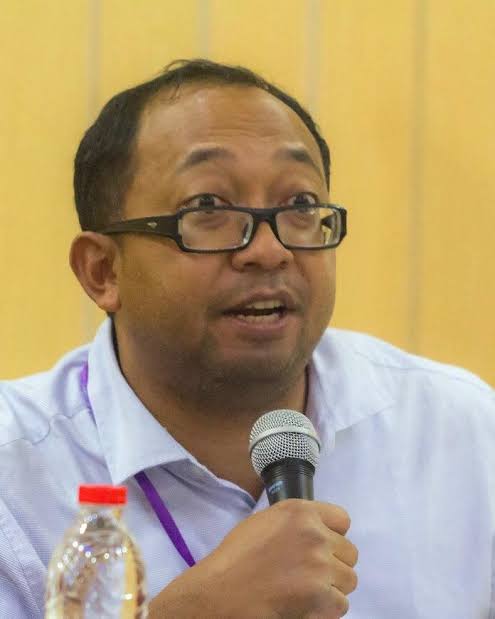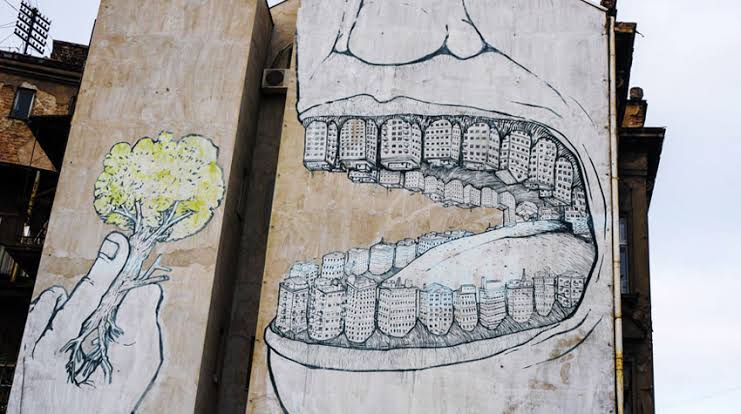UNAIR NEWS- Murals have long been known as a medium of expression. Through its development, murals in the contemporary era have become inseparable with criticism in public spaces.
In this regard, the Head of Postgraduate Creative Industry Study Center of Universitas Airlangga (UNAIR) IGAK Satrya Wibawa S.Sos ., MCA., Ph.D. said that murals have been known to be a medium of communication for the public. “Murals are a form of street art, which became a medium of communication that is quite often used by the public to convey messages, hopes, and criticisms to parties with certain privilege or powers,” he said.
Murals are different from graffiti, although they are both forms of street art. Graffiti shows the artist’s expression, and sometimes it is very personal because it is only in the form of writing and symbols representing certain entities. “On the other hand, murals with a deeper meaning and messages are mostly placed in public places so many people can see them,” said the lecturer of Visual Culture & Creative Arts, Department of Communication Science of Faculty of Social and Political Science (FISIP) UNAIR.
Regarding ethics and licensing of art placement in public places, Igak responded that this phenomenon could be seen from several dimensions. “If it is related to the ethical dimension, of course, ideally public property cannot be used without permission (from the related government, ed). However, this phenomenon becomes a paradox when viewed from the dimension of resistance; it must violate the ethical value because it is a resistance,” explained Igak.
In the artistic dimension, he added that it is natural for murals to be used as a symbol of resistance, criticism, and hopes, and so it is okay if they are placed in public spaces for the public to see and hear. “Therefore, it is a bit difficult when we confront art with rules because sometimes they have to clash,” said Igak.

According to Igak, murals containing social criticism are the same as billboards containing political messages; they both use public spaces as a medium for sending messages. “The only difference is that officials have power, authority, and certain privileges to use billboards. Meanwhile, common people do not have privileges and have difficulties expressing opinions here and there. Finally, they choose murals as a frontal and effective medium in conveying messages,” explained the lecturer in the Creative Industries course.
In this digital era where everyone can report on everything, anyone being the target of criticism through murals needs to pay attention to their response. “Because any issue can become big if it responded in the wrong way, and if they are reactive, it will likely echo the message in the mural,” concluded Igak. (*)
Author: Stefanny Elly
Editor : Khefti Al Mawalia (AC/AP)





